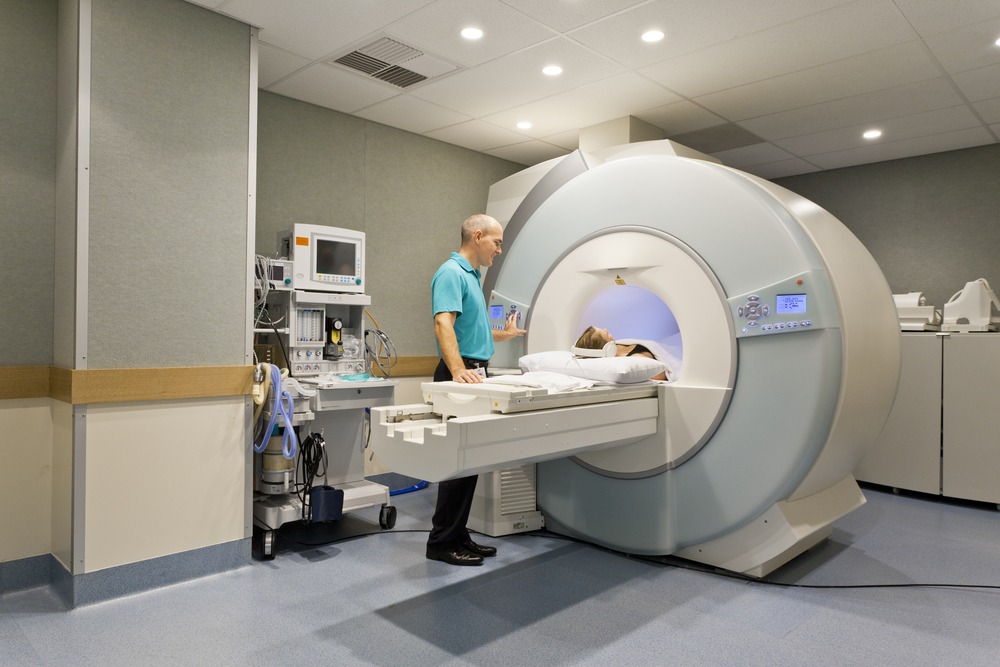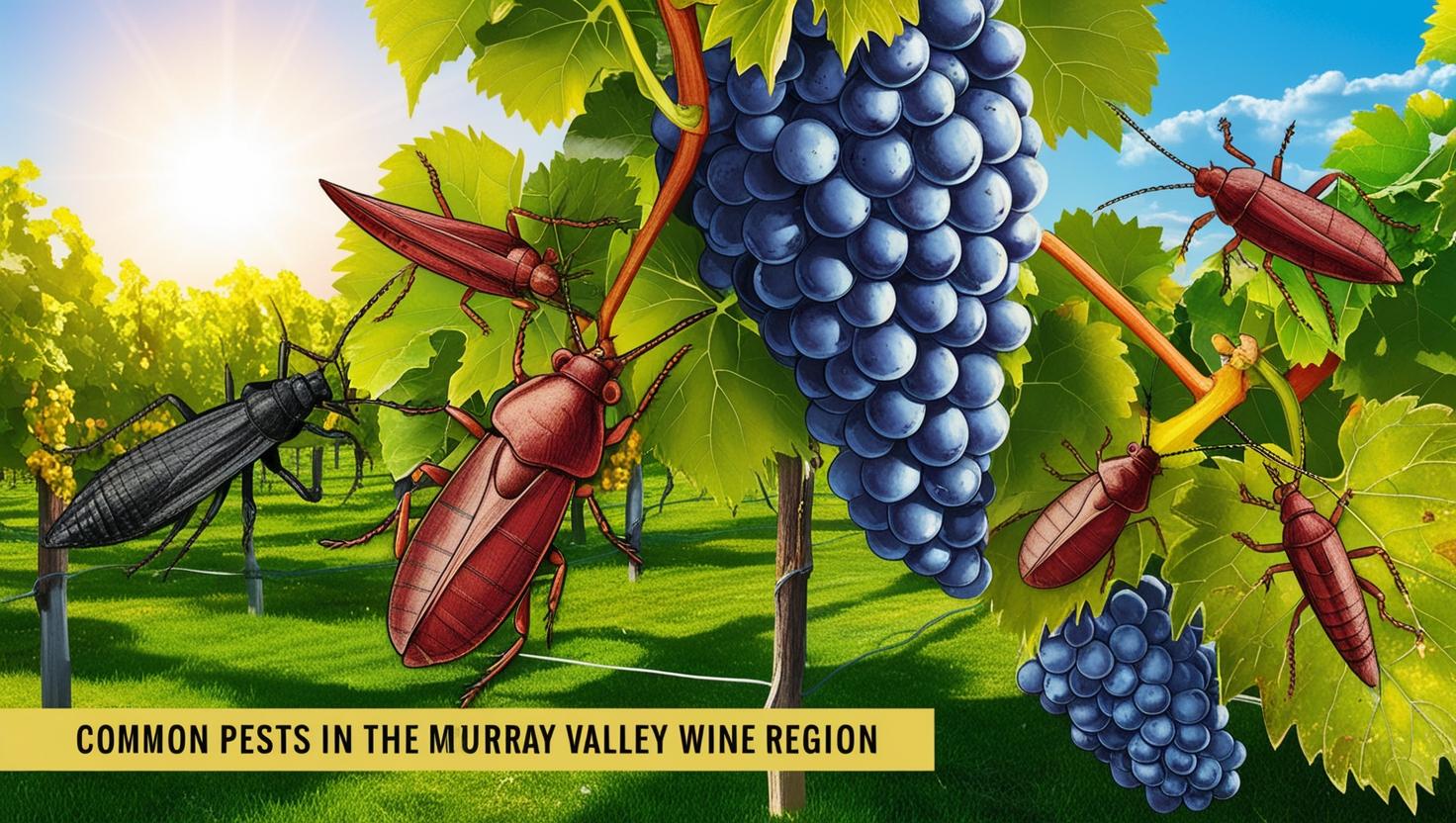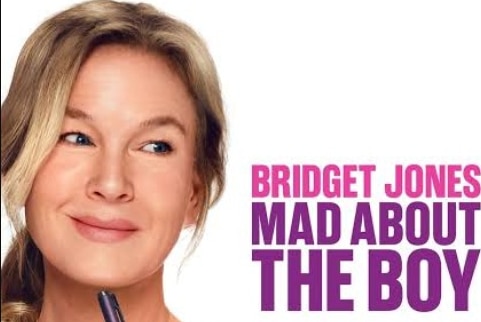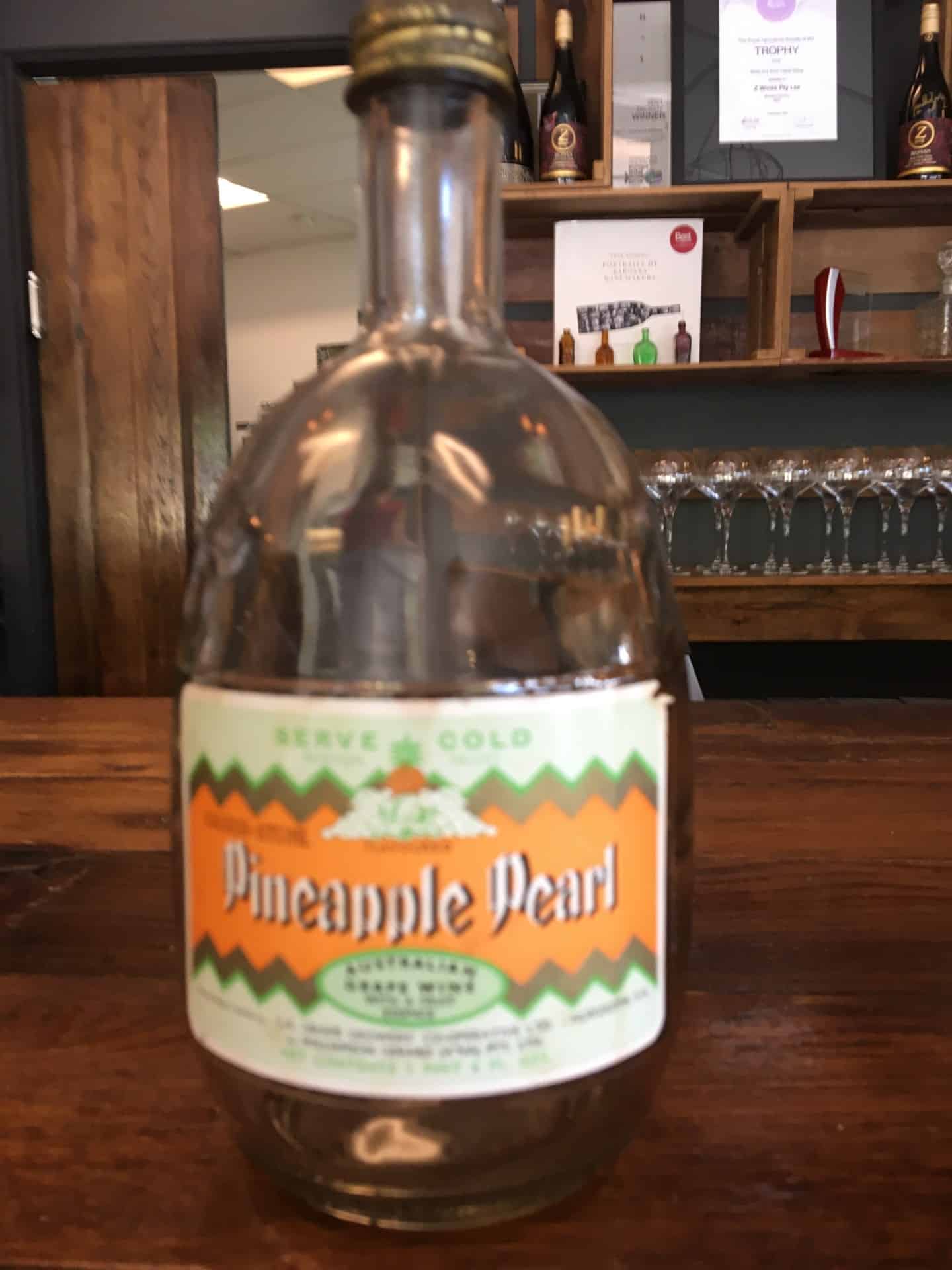Would dearer Glug wines taste better? MRI tests suggest “yes” as price labels influence people’s liking of wine.
It seems that when a bottle costs more, the reward center in the brain plays a trick on people. The same wine tastes better to participants when it is labeled with a higher price tag.
A Science Daily report shows scientists discovered that the decision-making and motivation center in the brain plays a pivotal role in such price biases to occur. The medial pre-frontal cortex and the ventral striatum are particularly involved in this.
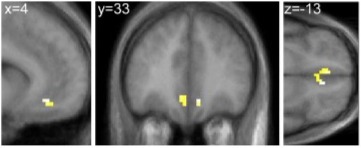
The researchers assessed how different prices are translated into corresponding taste experiences in the brain, even if the wine tasted does not differ.
The original research paper, titled Marketing actions can modulate neural representations of experienced pleasantness, tested the hypothesis that marketing actions, such as changes in the price of a product, can affect neural representations of experienced pleasantness. People were scanned by using functional MRI while they tasted wines that, contrary to reality, they believed to be different and sold at different prices.
Our results show that increasing the price of a wine increases subjective reports of flavor pleasantness as well as blood-oxygen-level-dependent activity in medial orbitofrontal cortex, an area that is widely thought to encode for experienced pleasantness during experiential tasks. The paper provides evidence for the ability of marketing actions to modulate neural correlates of experienced pleasantness and for the mechanisms through which the effect operates.
The task consisted of six trial types: $5, $10, $35, $45, and $90 wines and a neutral liquid for rinsing between tastings. In every other trial, subjects were instructed to enter a rating of either flavor pleasantness or taste intensity. Thus, a total of four pleasantness ratings and four taste intensity ratings were sampled for each liquid. We used a six-point rating scale (1 = do not like it at all/not intense at all; 6 = like it very much/very intense).
Unbeknown to the subjects, the critical manipulation was that the $5 and $45 wines and the $10 and $90 wines were identical. This manipulation was not revealed to the subjects. Instead, the subjects were told they would be sampling five different Cabernet Sauvignons, that the purpose of the experiment was to study the effect of sampling time on perceived flavors, and that the different wines will be identified by their retail prices. Evidence for the success of our cover story was that all subjects reported at the end of the experiment being able to taste five different wines.

